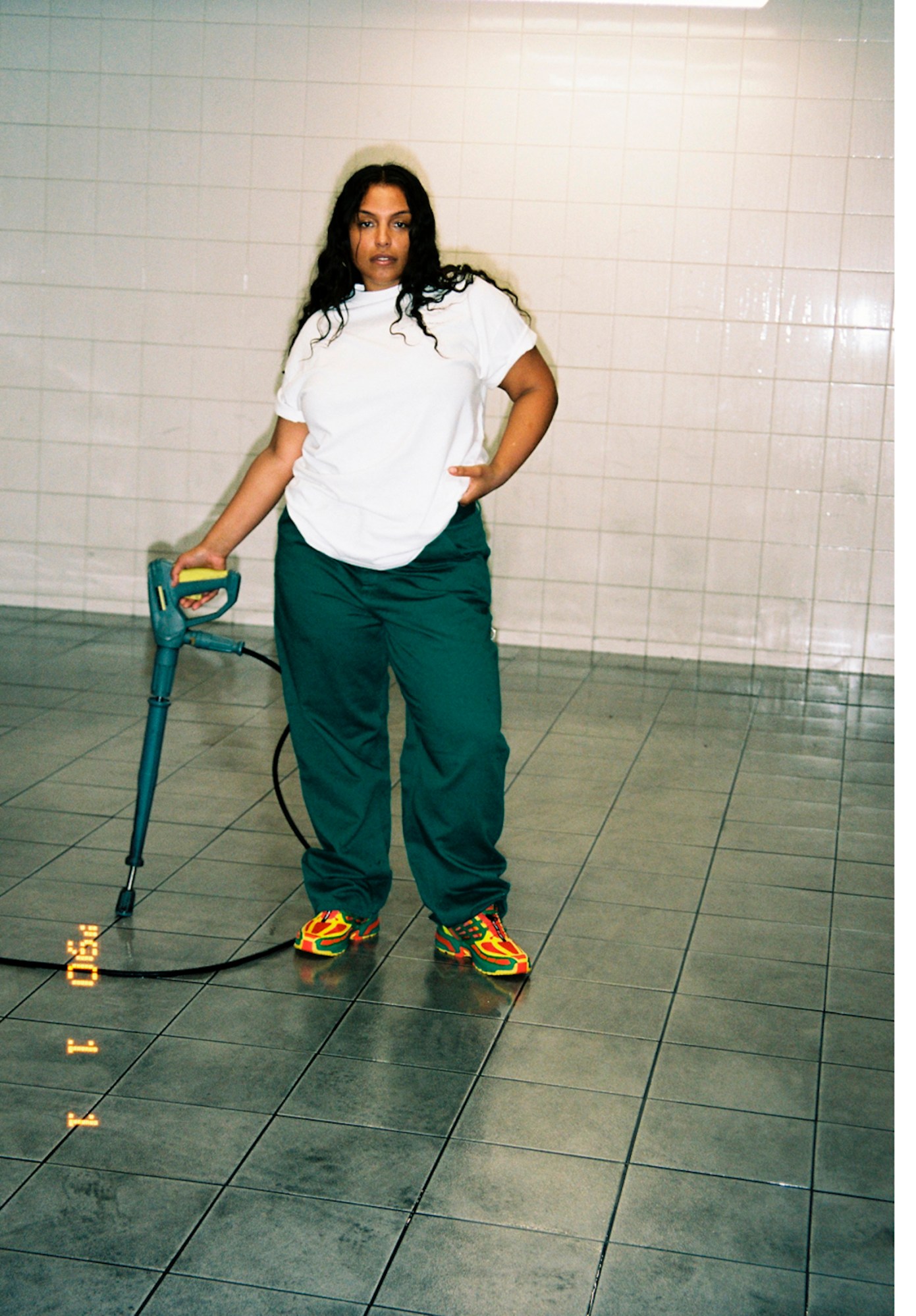This story originally appeared in i-D’s The Ultra! Issue, no. 369, Fall 2022. Order your copy here.
Ten years ago, Arthur Kar started L’Art de L’automobile from a garage in Paris that housed some of the rarest and most tasteful cars in the world. As someone deeply influenced by rap culture and the history of automobile design in equal measure, he wanted to open up the historically conservative, hermetic world of car culture to kids raised on the same art, music and fashion as he was. Moreover, he believed that fashion – the white T-shirt, the sneaker, and racing wear – was as strong an entry point into the car world as literally owning a car. As both Arthur and his business partner Adrien Leborgne will attest, driving a Ferrari Enzo and wearing a L’Art Red Enzo graphic tee are potentially one and the same thing. The cars are a story – they are not the story of L’Art de L’automobile.
Of course, there’s also the attitude: L’Art is about riding around Paris aimlessly and burning time, double parking everywhere and accepting tickets as collateral damage, Future played at max volume with all the windows open, going the wrong way down a one way street in reverse, and driving while texting on two phones. It’s Instagram posts of impossibly rare Porsches accompanied by captions from Chief Keef lyrics. It’s spilling a smoothie inside your million dollar car and forgetting about it, but buying new white-on-white Air Force 1s every time a pair gets even slightly scuffed.
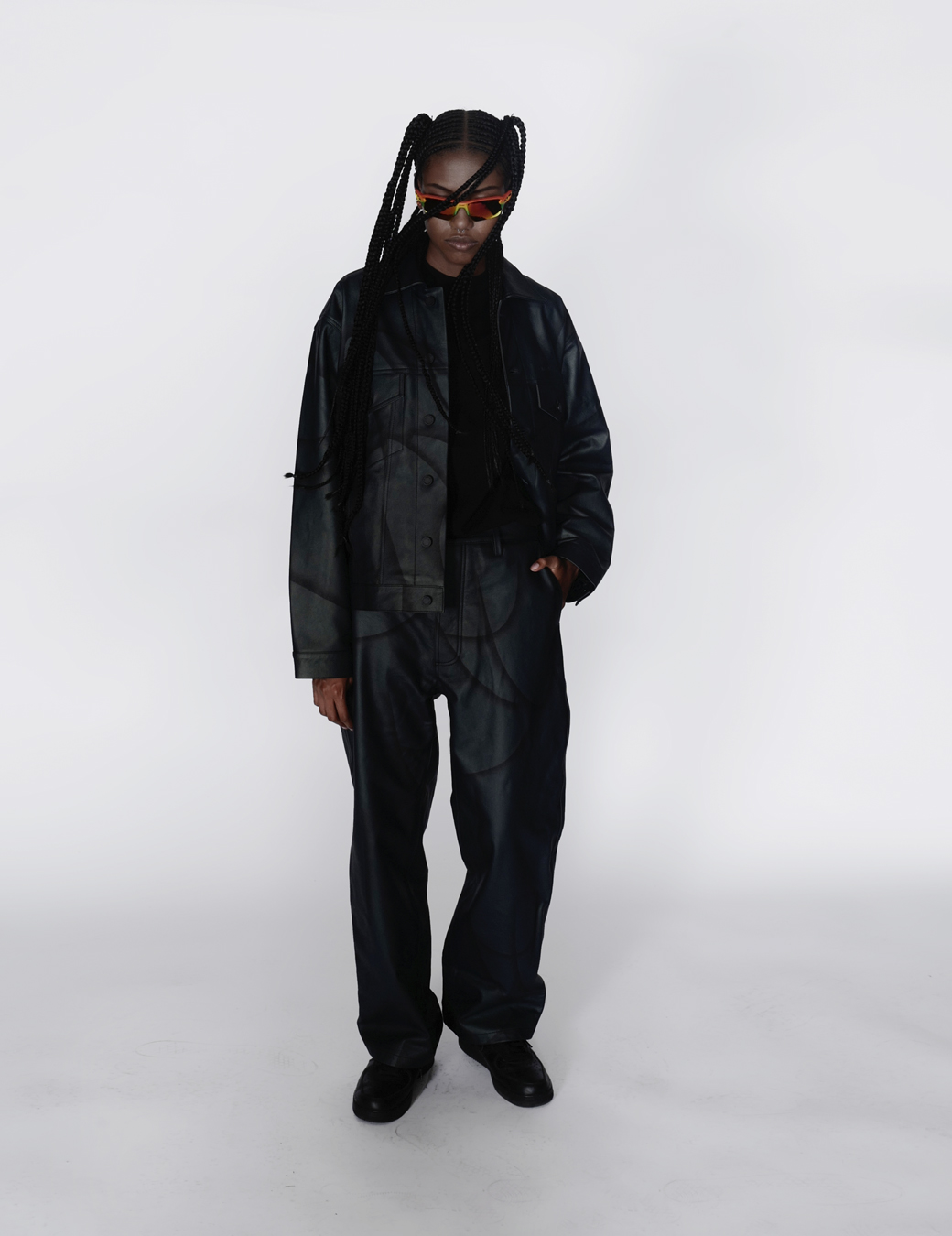
And however diffuse, there is a L’Art uniform: white graphic tees, the colour green, racing jackets, Salomons, mechanic uniforms, Oakley sunglasses, snapbacks, Vans in L’Art logo colours, customised bikes, Air Jordans that match the colour of your car, jacket and pants, ginger shots from Wild & the Moon. If you’re from a small slice of Paris, or spend as much time there as I do, then you know it when you see it.
To commemorate the tenth anniversary of the brand, Arthur and I took a look back at the long journey and the community that has formed around him.
Mahfuz Sultan: L’Art is about culture – fashion, music, sports – as much as it is cars. Let’s start before the beginning. Let’s start with Michael Jordan.
Arthur Kar: When I first arrived in France from Lebanon, my parents, sister, and I were sleeping in one room, which was both our living room and bedroom, so I couldn’t wake up and watch Michael Jordan play basketball. My mother would record it on cassettes for me, then I would watch them over and over again during the day. I remember the way Jordan moved; the way he danced on the court, the way he moved off the court, the sneakers, the cars. I wanted to be like him. I didn’t want to be like other people I saw around me. I wanted to be different.
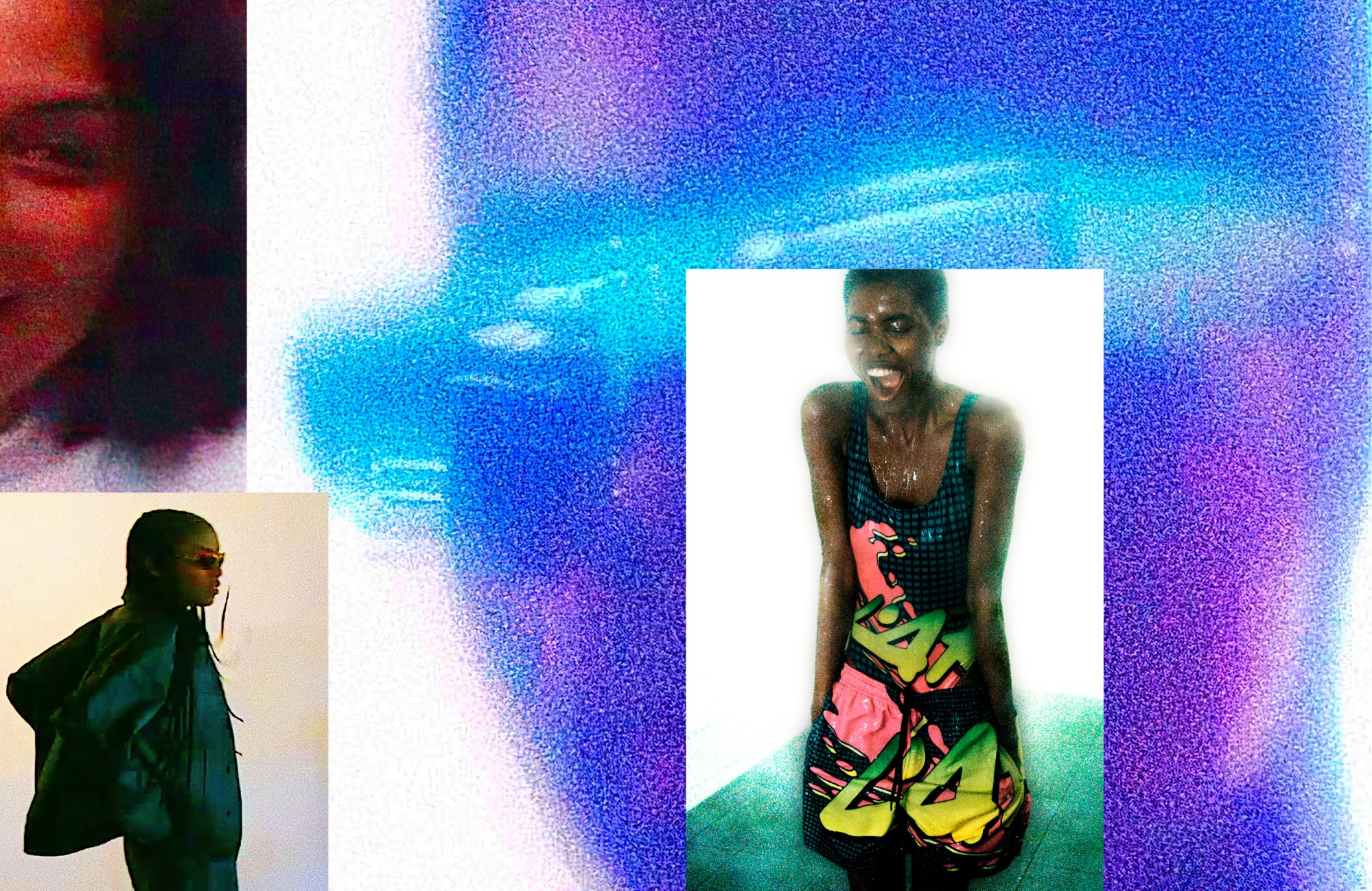
Mahfuz: When did the love for cars come in?
Arthur: I’ve always loved cars. My father had a garage in Beirut and I used to hang out there all the time. I used to love how dirty we got in the garage, I thought it was stylish. You know the main reason why the Volkswagen Golf is the logo of the company is because that car is the first word I said. When I was a kid, I used the word “golf” to describe all cars. My dad had a black and white Golf and one GTI. I looked at it and thought to myself, “That’s the car!”
Mahfuz: Did you ever think you would sell cars?
Arthur: My dad never sold cars, but I sold my first one when I was fifteen or sixteen. I sold a Peugeot 309 GTI to another garage. I never thought that I was going to be a car dealer. Like never. Not even a mechanic. I was focused on hip-hop, art, and basketball. I wasn’t doing well in school and my family needed money, so one day my father told me I had to go to work. I heard about a Porsche garage, but you know how the 90s car world was. I thought I’d try – but it’s Porsche! It was so closed and difficult at that time, but I had learned so much about cars in my father’s garage that I was really advanced. I went to see the boss at the Porsche garage every Wednesday and asked for a job until they took me.
Mahfuz: How did you fit into that world at that time? Those garages were super old school.
Arthur: I wore my crazy sneakers, listened to rap on the radio of the cars that I was fixing, and annoyed all of my colleagues. They would complain to the boss, but I was really good at my job. You know I would see people with nice cars, nice clothes, come into the garage. Seeing fashion was always a part of that life. I used to be covered in dirt from 8:45 to 5pm everyday. At one point I was like “the fuck out of here, what the fuck is this life?” I decided I was going to buy and sell cars because I wanted to drive those cars too. I didn’t want to be those guys literally, but I knew I wanted a different life. So I left and worked for somebody who bought and sold cars.
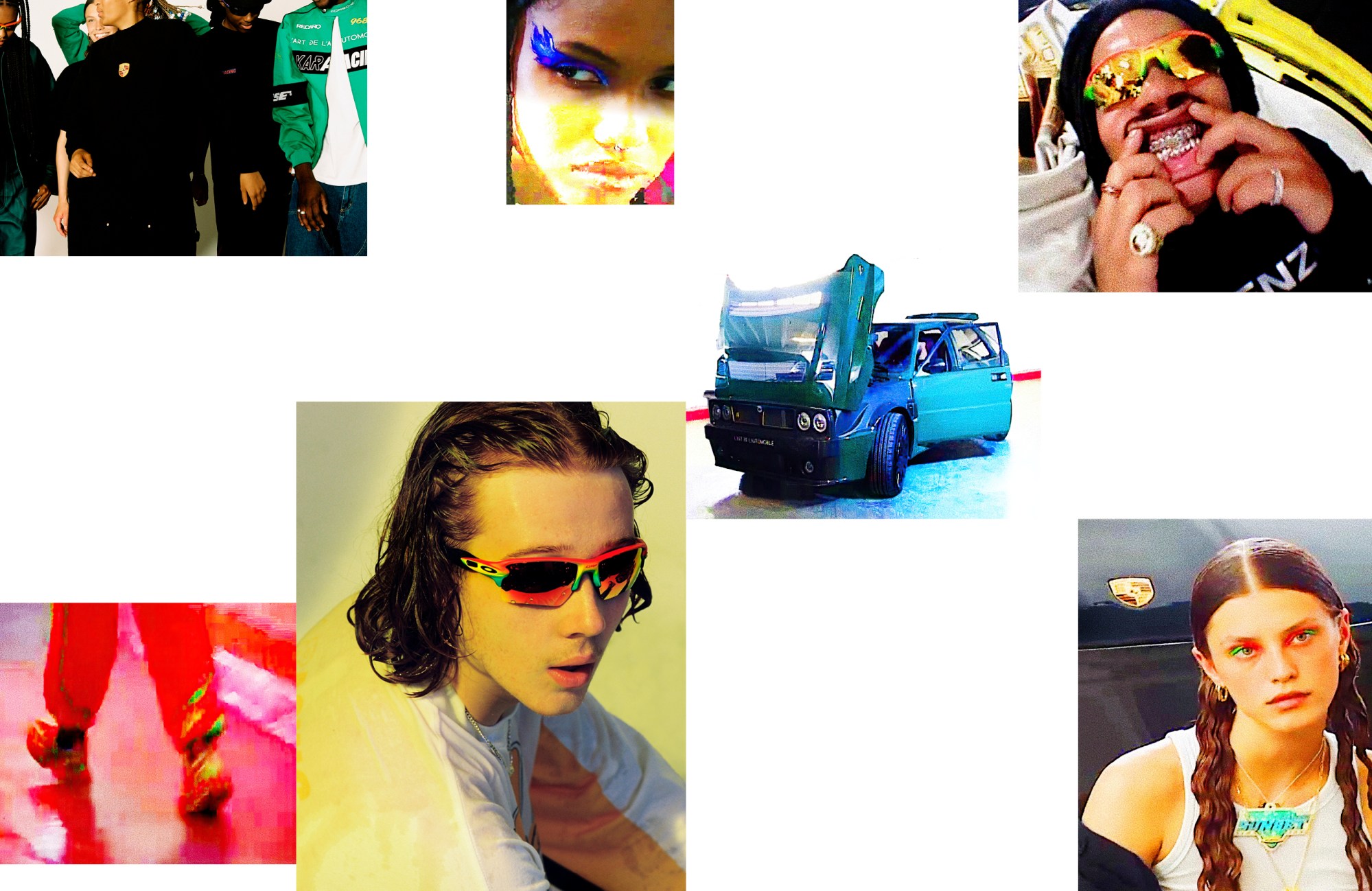
Mahfuz: But you didn’t want to do it the way they did.
Arthur: Back then, the only people that I looked up to were rappers and basketball players, but the world of buying and selling cars in France had nothing to do with that. Michael Jordan was driving Porsches and Ferraris with Jordans on his feet, dressed head to toe in Jordan apparel. So I was like, “I’m gonna do that too. I’m gonna wear my sneakers, drive a car, listen to rap music, and be proud of it. And if the car is yellow or red – everyone in Paris used to only drive black or silver cars – then I don’t care.” That was my mood every single day.
Mahfuz: Tell me about L’Art de L’automobile.
Arthur: We started in 2012. I remember thinking the name needed to be related to me and to the things I know. Art as in my name, but more importantly because art is a part of the culture that I wanted to bring to the car industry: Jordan is a work of art, Notorious B.I.G. is a work of art, Wu Tang Clan is a work of art. All of that is a part of L’Art de L’automobile. It’s as important as the design of the car, which we are equally obsessed with.
Mahfuz: Did you always imagine that fashion would be a part of it?
Arthur: I knew I wanted to expand the business into a brand from the very beginning, when I first named it. And I was already doing a lot in fashion as you know. I was helping a lot of people find rare things, I was sourcing things for myself that nobody had in Paris. And so I thought, this also needs to be a part of my business. The cars and thelifestyle together. I remember seeing a Ralph Lauren polo shirt inspired by car culture and thinking my T shirt has to be better than his polo. No disrespect to Ralph Lauren, I love that polo. I was just positively inspired by it. As a car guy doing fashion, I have to be better than fashion designers doing cars. It was a goal for myself.
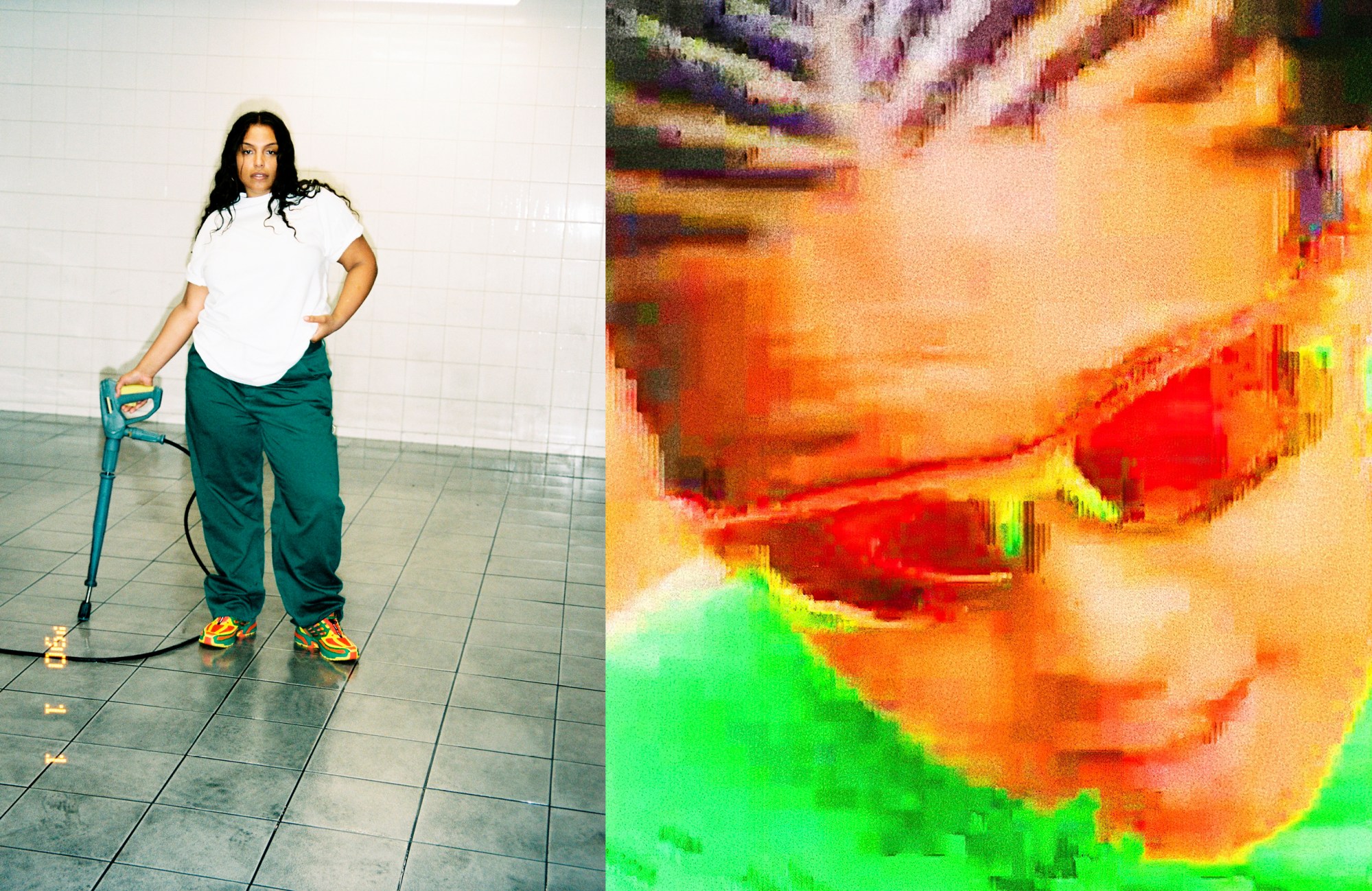
Mahfuz: When did you formalise the fashion side? When did it become really serious for you?
Arthur: It was in 2015, in Big Sur, that I finally felt ready to start the brand in a more serious way: The T-shirt with my name on it; all the experiences I’d had, from the mechanics garage to the Golf in the logo; Adrien Leborgne, my partner, joined me to develop that side and to design alongside me. So we started working with the inspirations from my life and our shared culture. He understood me and the classic L’Art logo that I developed back in 2011 right away. There are so many stories behind our first graphic, from the Golf, my favourite car, to green, my favourite colour – that colour always comes back in our collections – to the yellow of an old American gas station. We spent a year working on that first T-shirt.
Mahfuz: The classic silhouette: slight mock neck, elongated sleeves, the slight crop… I often think that the white T-shirt is like a brick. A minimum unit of design that you can build entire worlds out of.
Arthur: That’s the one. It took about 500 different attempts to find the proper blank shape that I wanted. The silhouette we made in 2016 is still the one. The thing is, when you’re a car guy and start moving into the fashion industry, people don’t believe in you – but I could see it in the eyes of a lot of friends, they were like “he’s got something with this T-shirt.” The brand isn’t here just to sell products, it’s a cultural brand with a story to tell. The Golf that costs 10,000 euros has exactly the same value as the Ferrari that costs 1,000,000. Everything is related to the moment with the car, not actually the car itself. It’s the story that’s important, something you feel related to – a smell, a crash, your parents taking you to school, the bus, whatever… Everything is a form of transportation. And I thought maybe you can put all of that into a T-shirt.
Mahfuz: Anyone who spends a lot of time with you knows how encyclopaedic you are about the relationship between sneaker design and car design. It’s funny to wait this far into a conversation with you to invoke the relationship between sneakers and L’Art.
Arthur: The interesting thing is if you place a lot of sneakers side by side with cars, they start to look very similar. It all begins for me with the Air Jordan 6. When you look at it, you can see the spoiler on the back. The air on the side evokes tires. You can see elements that resemble seatbelts, the grill on the front of a car, and so much more. When I look at sneakers, I see cars. It’s always a back and forth between fashion and cars for us.
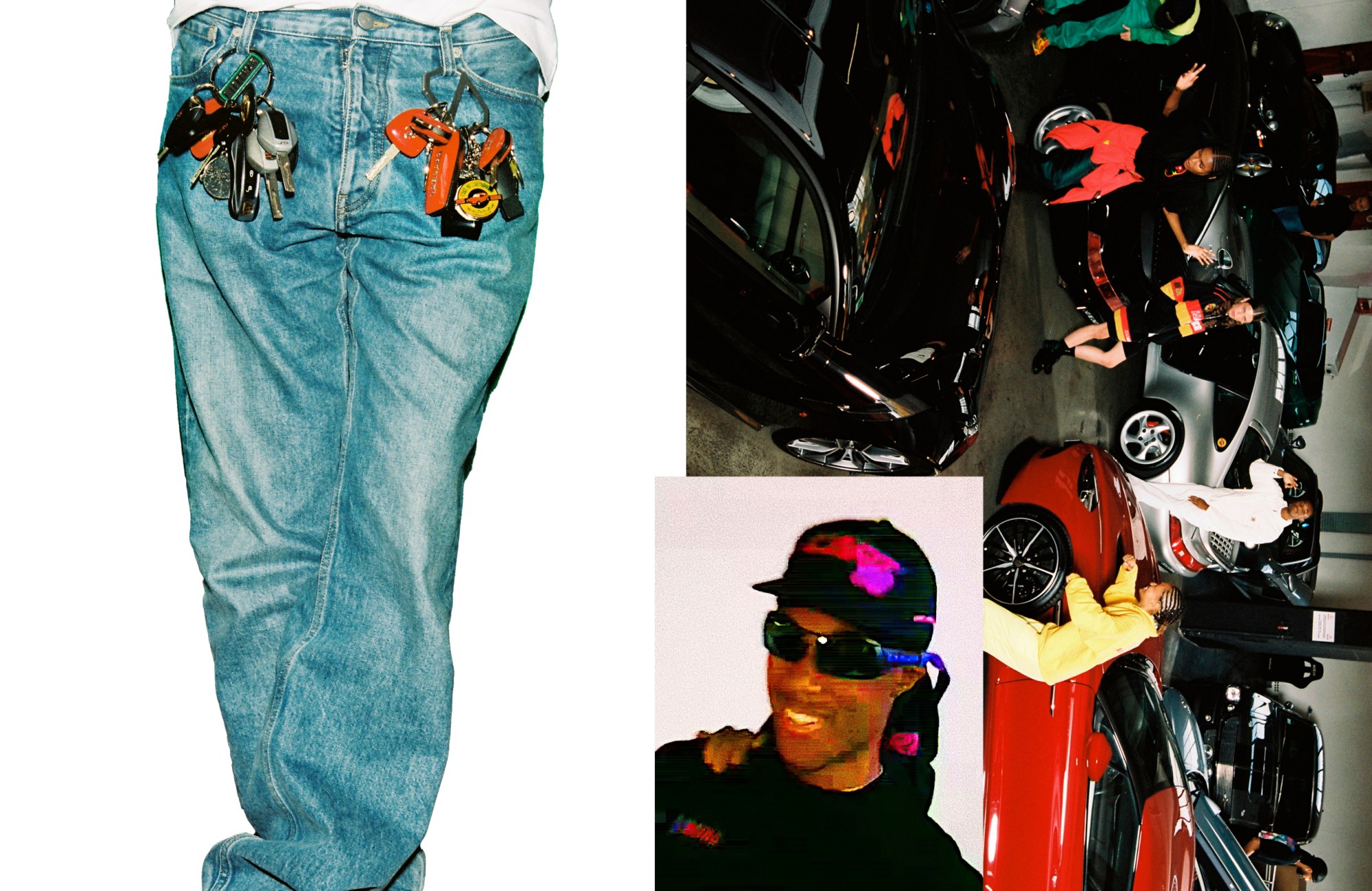
Mahfuz: You first launched at Colette, in Paris, didn’t you? But it’s really The Broken Arm that I associate you with, that’s certainly where I first saw the brand.
Arthur: Yes: we did a Colette exclusive logo on some T-shirts and a small installation. It did very, very well. After that I got very lucky: I was spending a lot of time at the coffee shop in The Broken Arm on Saturdays. The founders Guillaume, Romain, and Anaïs came to me and told me they wanted to see the garage. We weren’t friends at that point, but I had a lot of respect for them and I could see what they were doing: the best of everything was at The Broken Arm. They told me they were interested in working with me and that really changed things for us. I remember our first launch at The Broken Arm. We put a G-Wagon with no wheels outside the store. I wanted to put the most expensive Benz on bricks, like the wheels had been stolen. It happened to my Dad; it happens to a lot of people all over the world. The cops came around and said “your wheels have been stolen.” They couldn’t imagine it was just an installation. We had my Porsche mechanic outfit in the window, the new T-shirts, The Broken Arm edition graphics, everything that we had done at that point. That was the real beginning of the brand. That was the moment when Adrien and I decided to build the real team.
Mahfuz: When did you first notice that there was a community building around the brand? Especially the kids around Paris, people who perhaps weren’t super invested in car culture but understood the vibe.
Arthur: As we were talking about earlier, I remembered myself being fourteen or fifteen and really feeling like the people that inspired me were only on TV or in music. I wanted to create a place for kids who were into the same culture as I was, and thought that maybe the brand L’Art de L’automobile could represent a community rather than just a customer. So we built this team of kids that doesn’t have anything to do with cars. They love that the garage gives them work, allows them to travel, gives them stories to tell. They’re like our family. I met Elena, Matteo, and Ingo very early. Elena is like a younger sister. Matteo was the first person we ever took professional photos of wearing L’Art.
Mahfuz: To go full circle, last year you unveiled a collaboration with Porsche, from starting as a mechanic in a Porsche garage, to designing your own car. It’s important to note that you actually altered the shape and design of the car, it was not a collaboration where you just chose colours for the paint and materials for the interior like a lot of other brands out there. This was a proper design.
Arthur: I knew right away that I loved the 968 and I wanted to change the body. I thought my car needs to move differently from other cars, the lines need to be crazy, the shape needs to be different, the proportions need to be stupidly crazy. Car designers need to critique the car. I even wanted them to say it was ugly because that would be a win for us, that would mean that we were doing something different. I worked with a car designer that I hired for the project, and I told him, “Listen, I have a vision, I understand lines and I know cars.” At the beginning he didn’t understand me at all, but I wanted to use that. I wanted the misunderstand- ings and differences between a traditional car designer and me to become part of it. I was like, “You don’t do anything, you just listen to my voice, my direction, and you never tell me if it’s beautiful or ugly. Never.” So at the beginning he start-ed by just doing his job, but then he realised that we were going somewhere after two sessions. We watched so many Prince videos while working on the car.
Mahfuz: You watched Prince while designing?
Arthur: Yes! We had three screens open: we designed in one, had research in another, and the other was just Prince videos. Sometimes I would watch videos with cars and it would remind me of an experience I’d had that would end up being translated into the car in some way. So this car, it’s literally also a story of that time we spent making it. At the end the designer looked at me and said, “You know this is a new car?” Full circle from the garage to that, it was my proudest moment.
Mahfuz: So ten years, man…
Arthur: For me it’s like it was yesterday. There’s so much still to do with the brand. It’s just the beginning. It’s been ten years but I feel like I haven’t expressed anything yet.
Follow i-D on Instagram and TikTok for more from the new issue.
Credits
Photography Thibaut Grevet
Fashion Dan Sablon
Hair Karim Belghiran at Total World
Make- up Celine Martin at ArtList
Photography assistance Pierre-Alexandre Nowak and Romain Jouvie
B roll Martin Malnoe
Fashion assistance Marco Vene
Hair assistance Linda Letho
Make-up assistance Silene Tonello
Production Septembre00
Casting director Samuel Ellis Scheinman for DMCASTING
Casting assistance Brandon Contreras
Models Paloma Elsesser at IMG, Victoria Fawole at Milk, Eden Joi at The Society, Emma Todt at Women, Karl Kadima at Premium, Helena Smola, Ingo Einarsson, Matteo Voisin, Mamadou Sissoko, Luka Sabbat
All clothing KAR L’ART DE L’AUTOMOBILE
All sunglasses KAR L’ART DE L’AUTOMOBILE x OAKLEY
All jewellery models’ own
